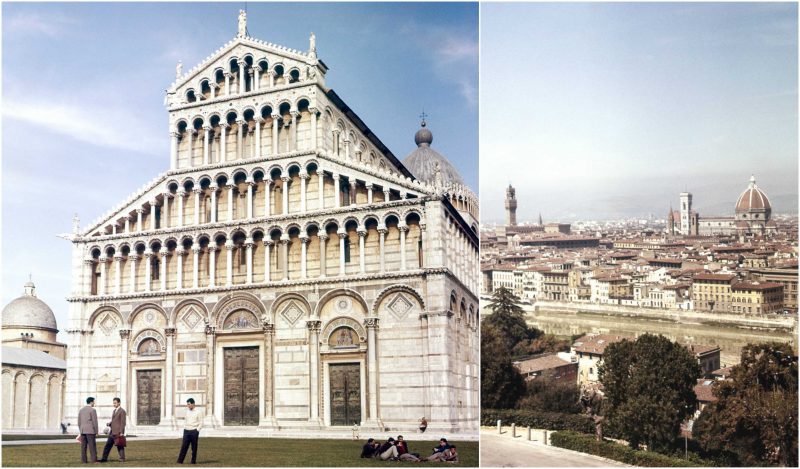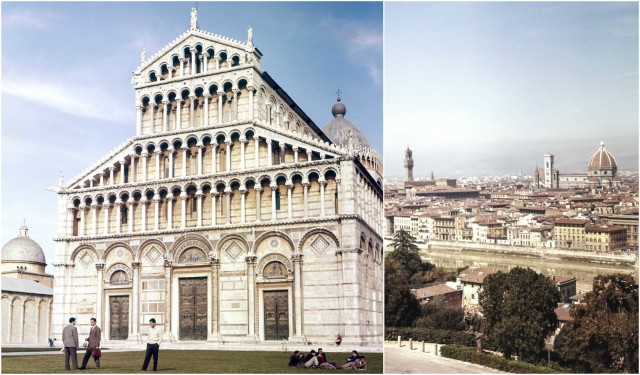
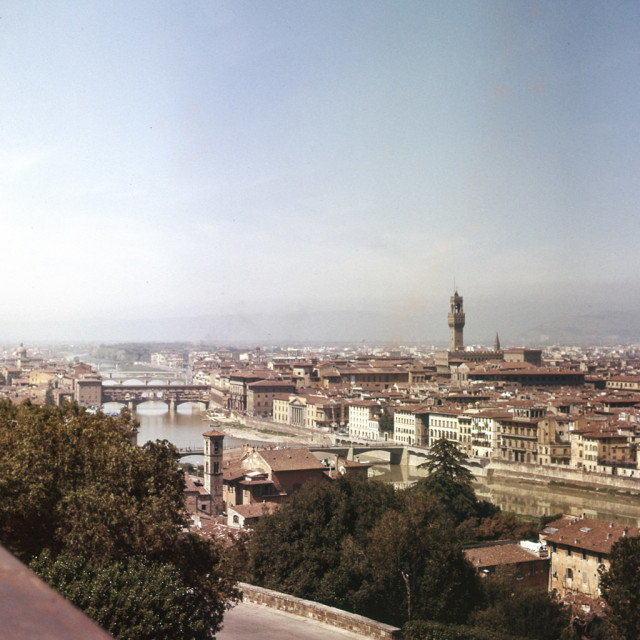
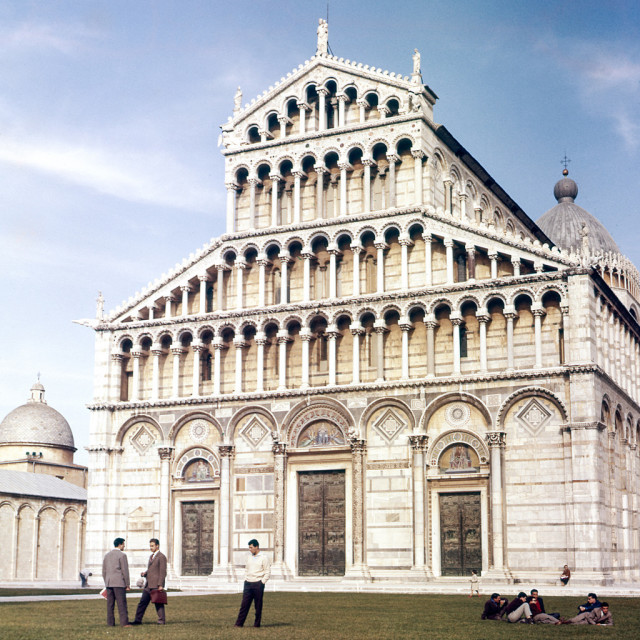
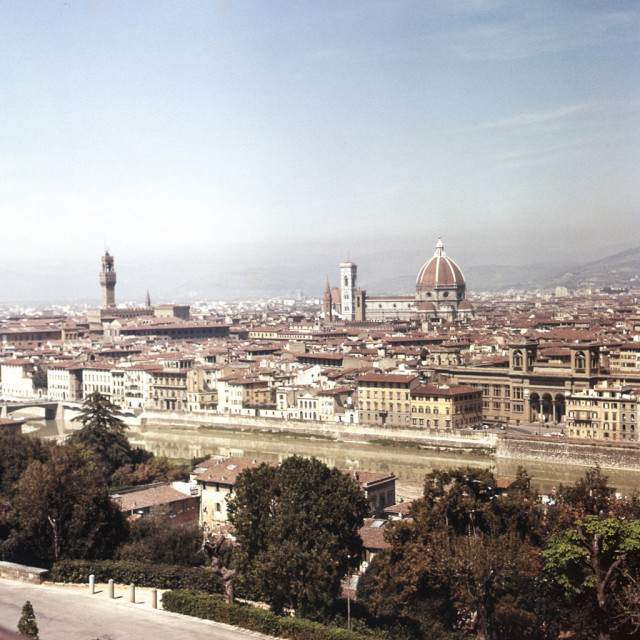
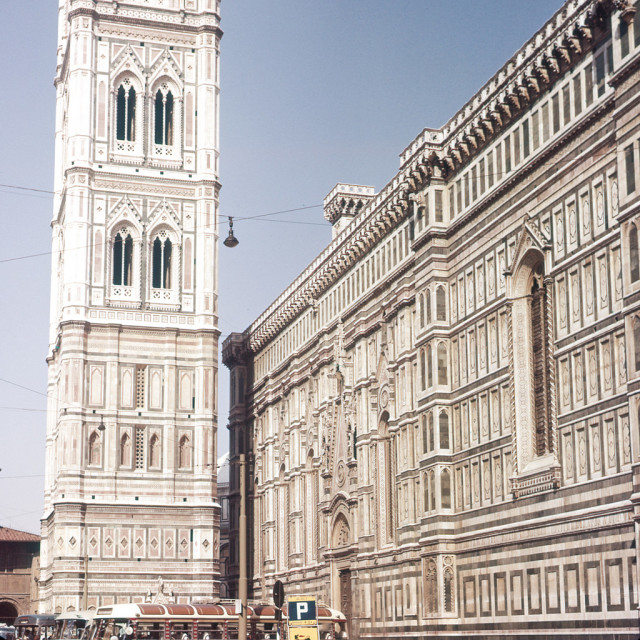
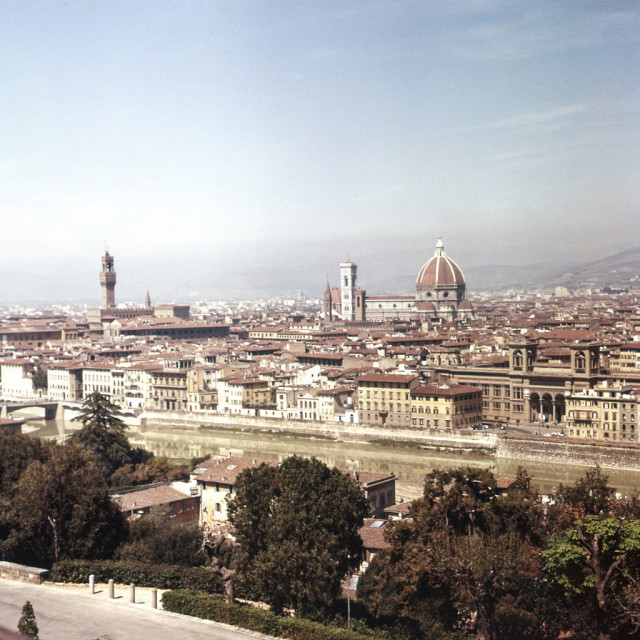
Among the Italic peoples, the Latins, originally situated in the Latium region, and their Latin language would come to dominate the peninsula with the Roman conquest of Italy in the 3rd century BC. The Roman Republic and later the Roman Empire dominated Italy for many centuries, and furthermore established the culture and civilization of Western Europe in general, including the adoption and subsequent spread of Christianity as state religion at the end of the 4th century.
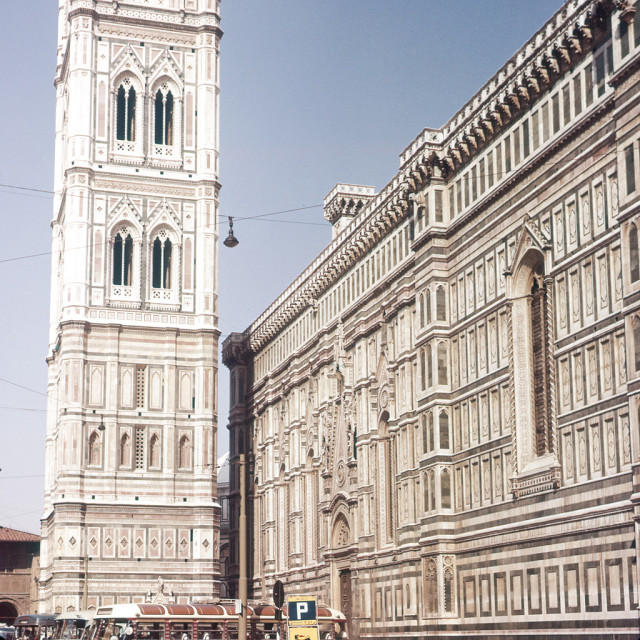
The decline and collapse of the Western Empire by the end of the 5th century is taken to mark the end of Late Antiquity. A Lombard Kingdom of Italy was established, although parts of the peninsula remained under Byzantine rule and influence until the 11th century. The Lombard kingdom was incorporated into Francia and ultimately the Holy Roman Empire, although the rise ofcity-states, and especially the powerful maritime republics in the medieval period led to political fragmentation. Ultimately, after the disastrous Italian Wars, the peninsula was divided among the major foreign powers of Early Modern Europe, Spain and Austria, and later fell to the French Empire under Napoleon I, the Papal States being reduced to the control of the Holy See over Rome.
With the rise of nationalism and the idea of the nation state in the 19th century, the peninsula was unified in the late 19th century. The new Kingdom of Italy, established in 1861, quickly modernized and built a large colonial empire, colonizing parts of Africa, and countries along the Mediterranean. However, many regions of the young nation (notably, the South) remained rural and poor, originating the Italian diaspora. Part of the victorious allied powers of World War I, Italy defeated its historical enemy, the Austrian Empire. Soon afterwards, however, the liberal state collapsed to social unrest: the Fascists, led by Benito Mussolini, took over and set up an authoritarian dictatorship. Italy joined the Axis powers in World War II, falling into a bloody Civil War in 1943, with the Fascist faction finally defeated in the spring of 1945.
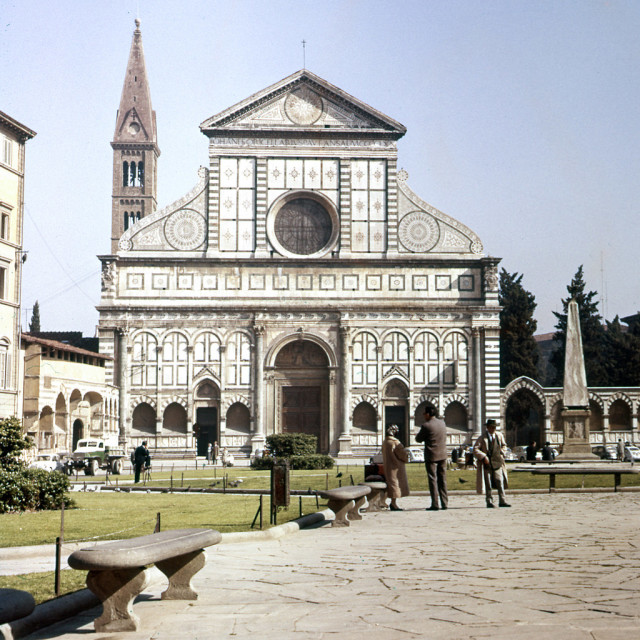
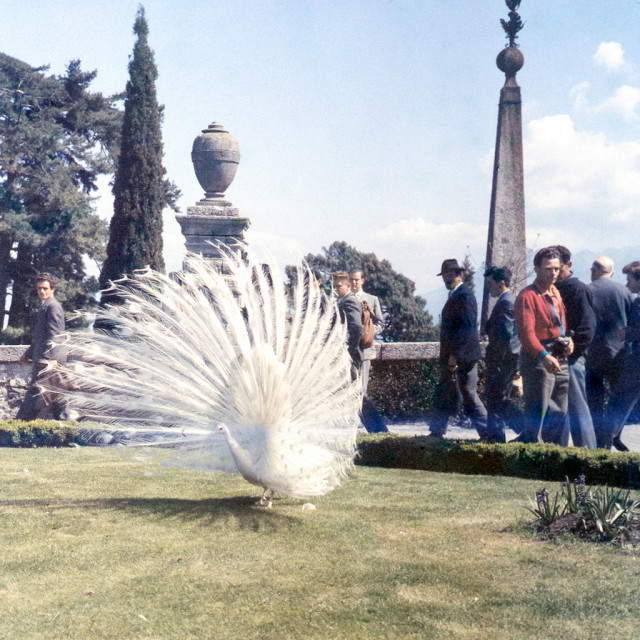
In 1946, as a result of a Constitutional Referendum, the monarchy was abolished. The new republic was proclaimed on 2 June 1946. In the 1950s and 1960s, Italy saw a period of rapid modernization and sustained economic growth, the so-called Italian economic miracle. The country, coming back to international politics among Western democratic powers, joined the European Economic Community (which has later constituted the European Union), the United Nations, NATO, the G7 and the Organisation for Economic Co-operation and Development. Italy plays a prominent role in regional and global military, cultural and diplomatic affairs
